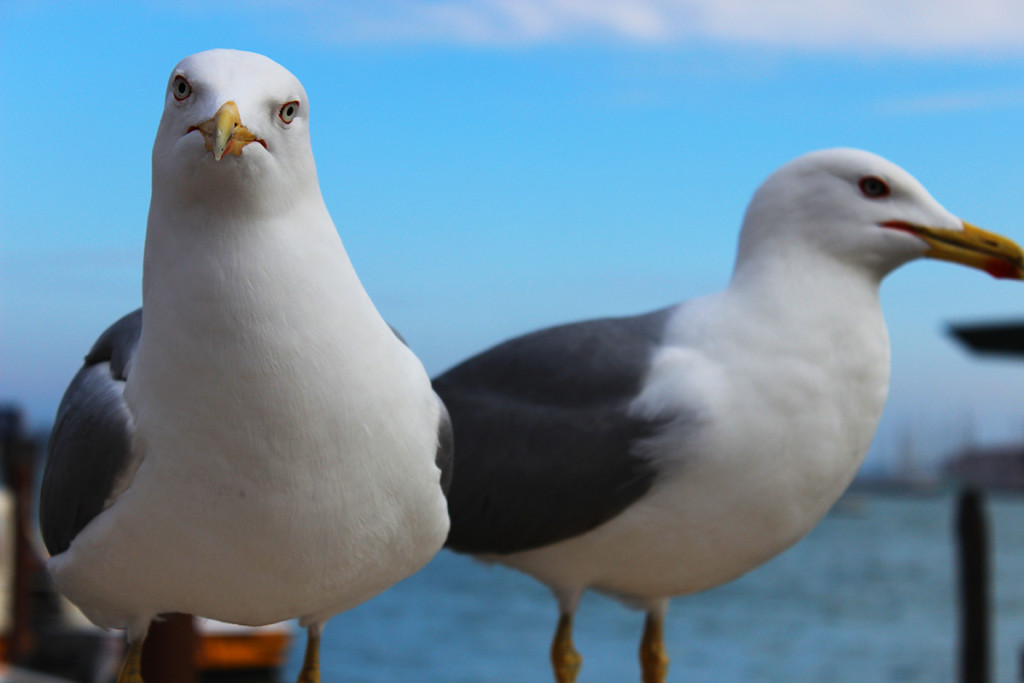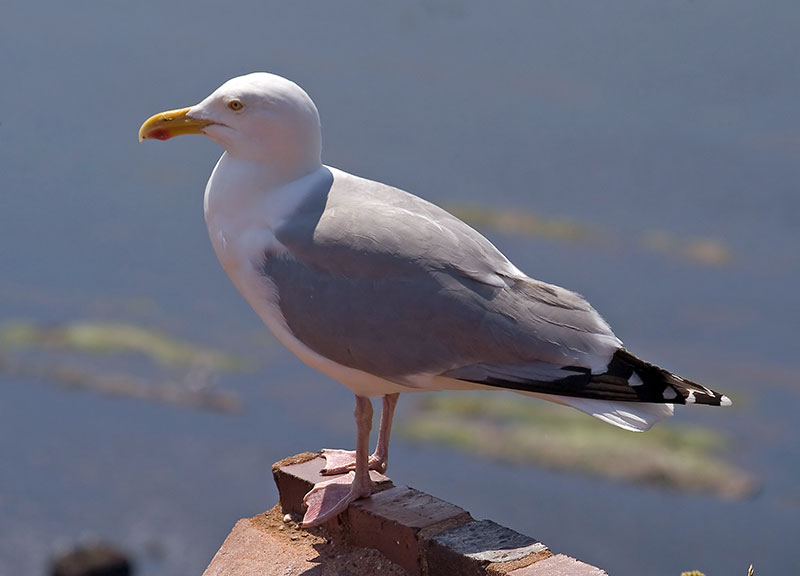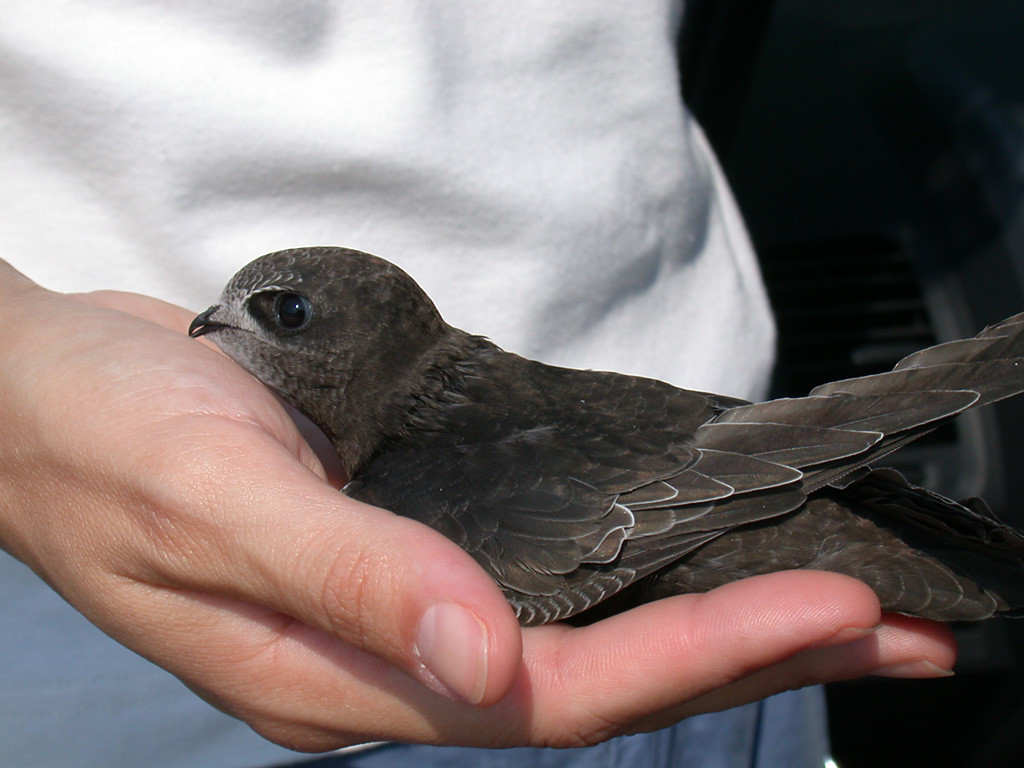
What is surprising is the increasing presence of seagulls in Italian cities, a phenomenon which was practically unknown 100 years ago. Just imagine; in 1912 birdwatchers (yes, they do exist in Italy) joyfully reported the passage of just one Herring Gull over Rome! Today the presence of these birds is impossible to miss. They are colonizing many cities in large numbers and raising families of gulls which have never seen the sea! Why has this happened?
There are five or six different species of seagull which regularly frequent Italy but the one which is of special interest is the Herring Gull, larus argentatus. There are various sub-species of this bird in Europe and the rest of the world but, apart from the colour of the legs, (pink in northern Europe, yellow in the Mediterranean) they are more or less identical.

Herring Gulls are by nature scavengers and will eat just about anything edible, alive or dead. 100 years ago they lived the life of sea-birds and nested on the coasts. With the advent of factory fishing in the 20th century food for these birds became much more available. The factory ships tend to clean the catch at sea and dump the offal overboard much to the herring gulls’ delight.
More food means more seagulls and before long all available coastal nesting sites were overcrowded. The first record of gulls nesting in Rome is from 1971. By 1996 about 45 nesting pairs were counted and by now, 2011, they are nesting in their hundreds. They choose, for preference, roof-tops of the taller buildings in cities all over Italy and they raise 2 or 3 chicks every year. Having no natural enemies their increase is ensured and this has good and not so good effects.
On the positive side they remove tonnes of waste from streets, rivers, ditches and rubbish dumps. Their chicks grow rapidly which means that plenty of food is available which would otherwise rot and make the cities less liveable..

On the negative side they drive other, perhaps more acceptable, birds from the roof-tops. Swifts (rondoni), are particularly susceptible to depredation by gulls since they, too, nest on roof-tops, under the tiles. The gulls either catch them as they come in to their nests or pull them out from under the tiles. They have even been know to catch swifts in the air! The result is that these delightful and very characteristic birds of Italian summers are rapidly diminishing in numbers.
For both Italian residents and tourists the biggest problem with gulls on the roofs is noise. They are very noisy birds and have an amazing variety of calls for different situations. The greeting call when one of the pair brings food, the alarm call when crows are trying to steal chicks or eggs, the conversational chattering when the pair are deciding on the day’s activities (believe it or not!), and so on. People, residents or tourists, trying to sleep, find these noisy birds difficult to live with.

